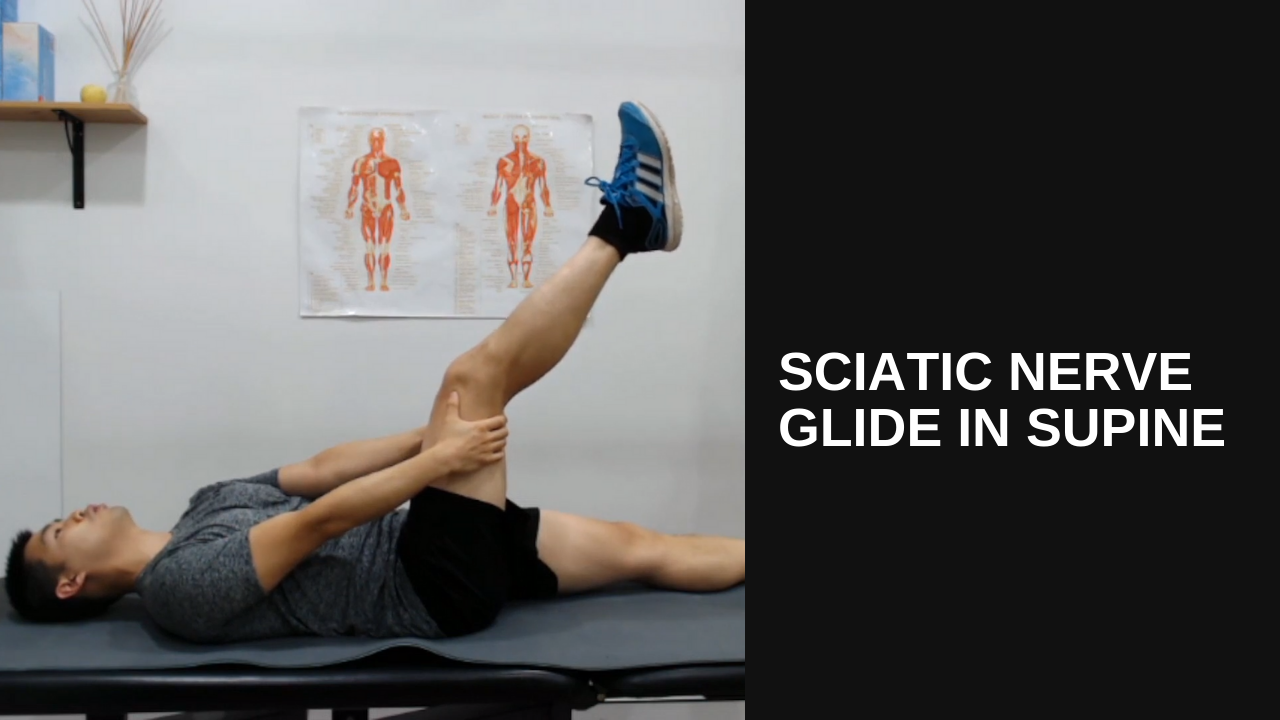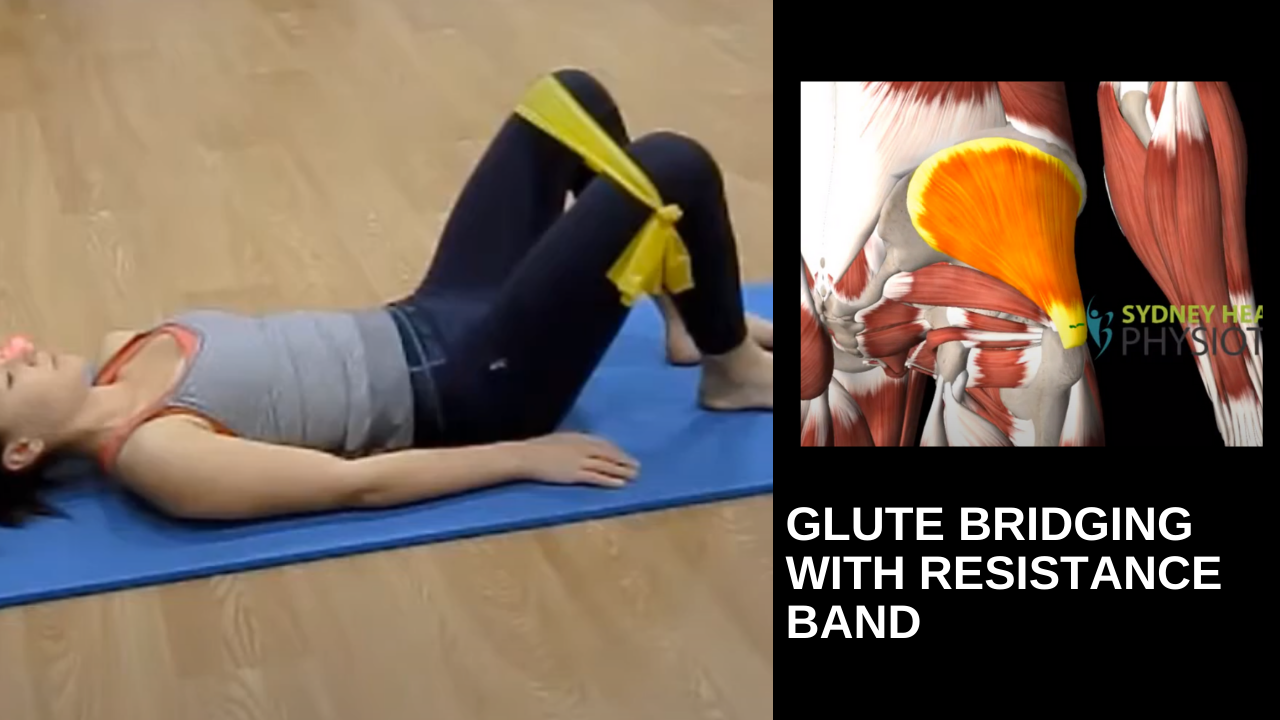Core stability and control
Whether you are a top athlete wanting better performance, or a senior wanting a better walking (gait) balance, a good core helps you to move with confidence and control.
Anatomy of core and how does it work?
Think of your core as the centre of your body (consisting of the lumbar spine and pelvis). How well you can subconsciously control your core will determine how well you can move your arms and legs. "Core" stands for a group of muscles that act to stabilize your spine and pelvis. Once the centre of your body is stabilised, you will be able to move more efficiently.
The main core muscle is the Transversus Abdominis. It is the deepest muscle encompassing your abdominal wall. When it contracts, it tightens your lower trunk, much like a corset, shielding your lumbar spine against perturbation.
Why does the core require special attention?
Evidence has shown that good core control is vital to the wellbeing of your lumbar spine. Your core may reduce its engagement as you age, and it can progressively be less active with events such as spinal injury pregnancy, or having a more sedentary lifestyle. This will later lead to increased chances of strain and sprain (often at the lower back). This is why we focus so much on core activation when we treat you for lower back pain. Your lumbar spine will be more resilient as your core muscle improves. It is often difficult to reactivate your core muscles after an injury. You will acquire a specific training cue and practice it repetitively over some time for the core to automise.
Exercise cue to try if you are suffering from lower back pain
Lie on your back with your knees bent and feet approximately in line with your hips.
Place your fingers approximately 2cm in and 1cm down from your pelvis bone.
Gently pull your lower stomach (below your belly button) up and back toward your spine and you should feel the muscles tighten under your fingers.
Try to maintain the tension as you breathe in and out for 10 to 20 seconds.
Keep your upper stomach muscles (above your belly button) relaxed.
Continue to breathe normally as you perform this exercise.












